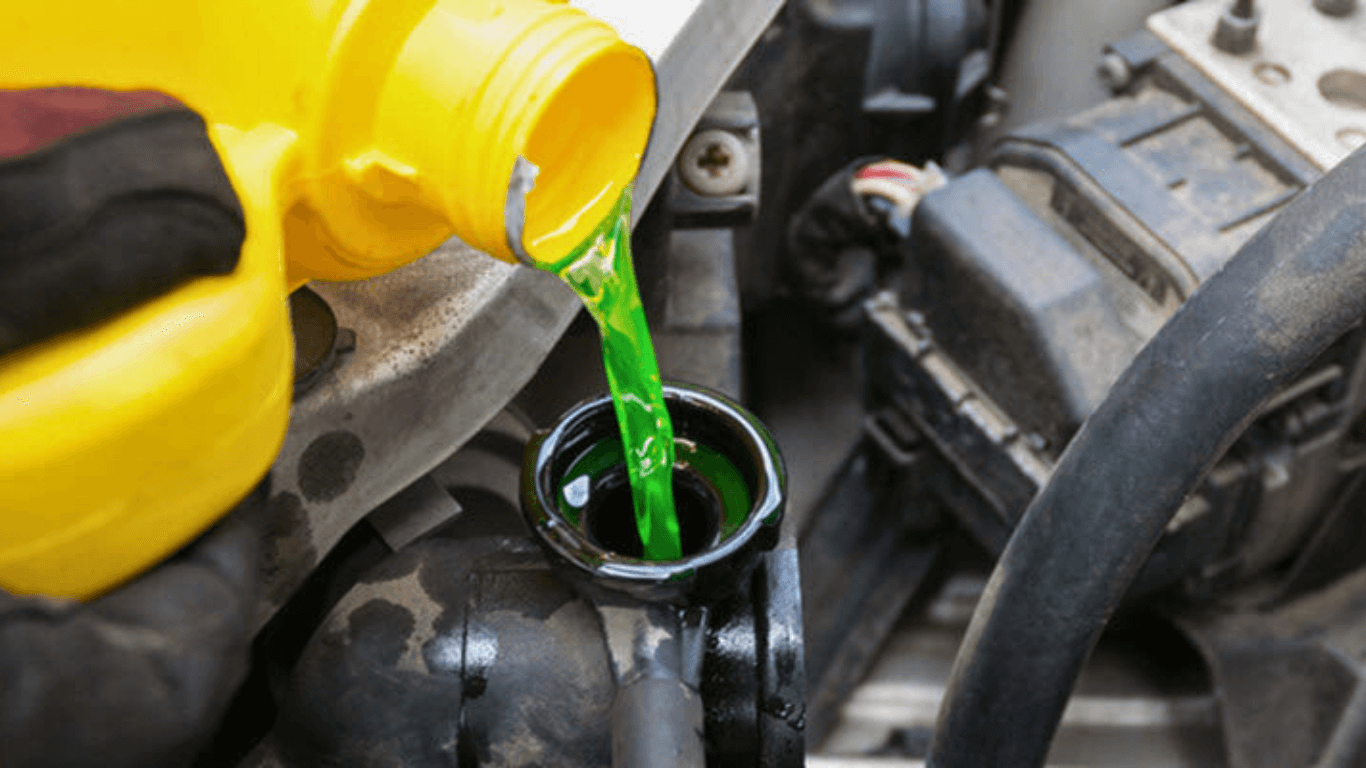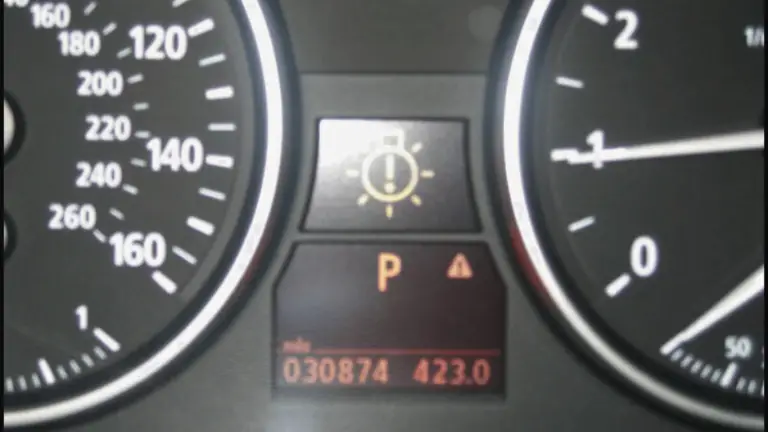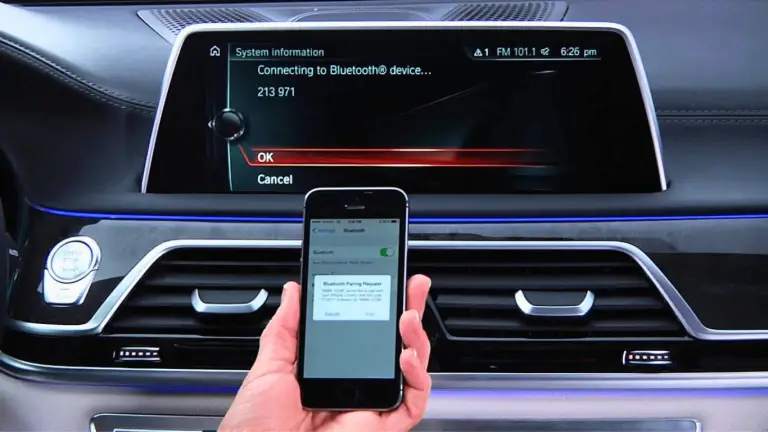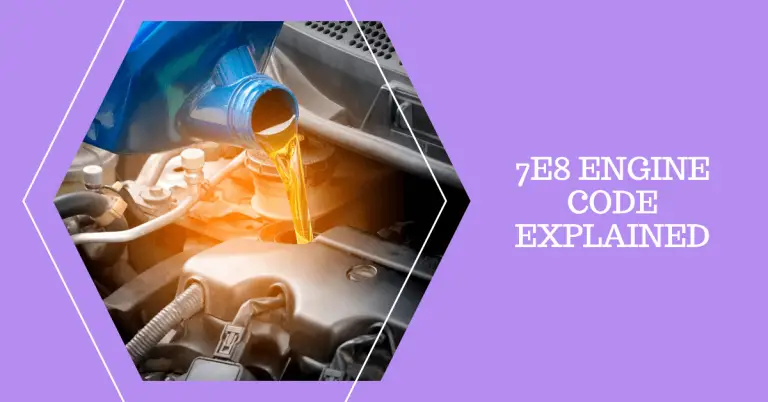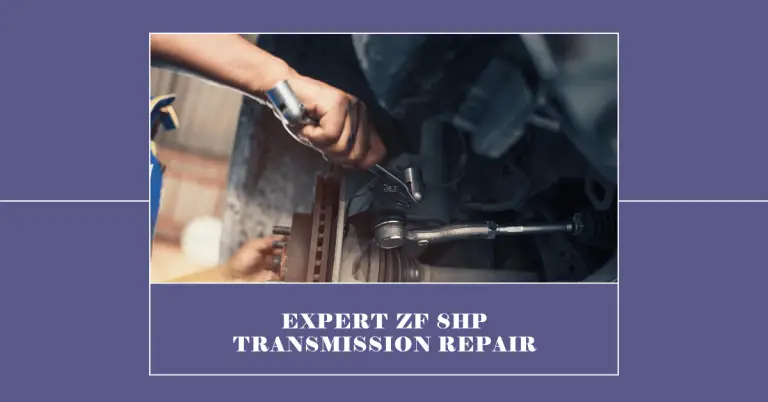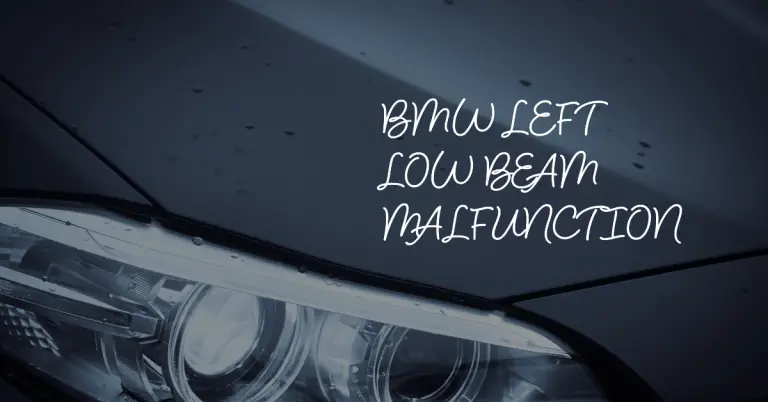BMW Coolant Leak: Causes, Symptoms, and Repairs
Is your BMW losing coolant and you’re not sure why? Seeing puddles under your car or getting low coolant warnings? Dealing with a BMW coolant leak can be frustrating and expensive to repair if you don’t address it quickly.
A BMW coolant leak is usually caused by a failed component like the water pump, radiator, expansion tank, or damaged hoses that allows the vital engine coolant to escape. Identifying the leak early and repairing it can save you thousands in engine repairs if the leak is left unchecked.
This detailed guide will cover everything you need to know about diagnosing and repairing BMW coolant system leaks. You’ll learn:
- The top causes of BMW coolant leaks and which components most often fail
- How to recognize the symptoms of a coolant leak in your BMW
- Tips for diagnosing the source of the leak
- Average repair costs for BMW coolant leak fixes
- How to prevent coolant leaks through proactive maintenance
- When to repair leaks yourself vs. taking it to a professional
Equipped with this information, you’ll be able to confidently handle a coolant leak in your BMW and determine if it’s a quick fix you can knock out yourself or if it requires a trip to the repair shop. Let’s get started!
What Causes Coolant Leaks in BMWs?
Coolant, also known as antifreeze, circulates through the engine block and components to keep your BMW’s engine at optimal temperature. It absorbs heat and prevents freezing in cold temperatures. The cooling system is a sealed pressurized system, so when you have a leak, it allows coolant to escape.
The most common causes of BMW coolant leaks include:
Failed Water Pump
One of the most common sources of coolant leaks is a bad water pump. This engine coolant pump circulates the coolant through the cooling system. The pump seal can wear out over time leading to leaks. Catching a failed water pump early prevents overheating issues.
Leaking Radiator
The radiator provides vital engine cooling by exchanging heat with the air. Cracks or damage to the plastic end tanks on the radiator will cause leaks. Old plastic radiators can become brittle and prone to cracking over time.
Cracked Expansion Tank
The plastic expansion tank holds the coolant and allows for expansion as the fluid heats up. Cracks in the tank or at the seam will lead to leaks. The tank may also leak where it connects to the radiator.
Damaged Radiator Hoses
The radiator hoses carry hot coolant to and from the engine. The constant high temperatures cause the hoses to degrade and develop cracks or pinhole leaks. Faulty hose clamps can also cause leaks.
Leaking Heater Core
The heater core acts as a smaller radiator inside the HVAC system to provide heat. It’s prone to the same leakage issues from cracking and erosion. Coolant will leak into the passenger floorboard from a bad heater core.
Failed Thermostat Housing
The thermostat housing bolts to the engine and contains a temperature-regulating thermostat valve. Leaks occur if the housing cracks or the gasket fails.
Cracked Engine Block
A worst case scenario is a crack or hole in the engine block allowing coolant to leak. This requires extensive engine repairs in most cases.
As you can see, the most common culprits involve plastic components that degrade and fail over time from the high pressures and temperatures inside the cooling system. Rubber radiator hoses also deteriorate after years of heat cycling.
Catching leaks from these components early is critical to avoid catastrophic overheating damage to the heads, block, and internal engine parts if the coolant level drops too low. Now let’s look at the warning signs of a leak.
Symptoms of a BMW Coolant Leak
Watch for these common indicators if you suspect a coolant leak in your BMW:
Low Coolant Warning Light
If the coolant level drops significantly, the low coolant warning light will illuminate on your dashboard. Don’t ignore this sign! Top up the coolant immediately to prevent overheating.
Overheating Engine
As coolant leaks out, it may lower the fluid level enough to cause the engine to overheat. You’ll see the temperature gauge creeping up higher than normal along with an overheating warning light.
Sweet Coolant Smell
The signature sweet odor of ethylene glycol antifreeze will be noticeable from the front of the car if you have a large leak. Take a sniff near the radiator support area for this telltale scent.
Puddles Under the Car
One of the most obvious signs of a leak is finding green or yellow puddles of dripping coolant under your BMW in the driveway. Look under the engine bay for the source.
White Exhaust Smoke
If the leak is allowing coolant to mix into the combustion chambers, white steamy smoke will pour from your exhaust as the coolant burns off. This requires prompt attention to find the cause.
Monitor these warning signs every time you drive your BMW. It’s much easier to tackle a leak when it first begins instead of after major engine damage occurs. Don’t assume leaks will seal themselves either. The problem will continue to worsen if left alone.
Now we’ll discuss tips for diagnosing the exact location of the leak.
How to Diagnose a BMW Coolant Leak?
Finding the source of the leak is crucial to determine if it’s a quick fix or more involved repair. Use these tips to detect where coolant is escaping from:
Visual Inspection
Pop the hood and inspect the cooling system components first. Look for wetness, drips, or coolant residue around the water pump, radiator, overflow tank, thermostat housing, and radiator hoses. The source may be obvious. Also check the passenger floorboard for leaks.
Pressure Test
Your mechanic can pressure test the cooling system to pinpoint the leak. This involves pressurizing the system and measuring pressure loss and leak down rate to isolate the failure. Specialized tools are required.
UV Dye
Adding UV fluorescent dye to the coolant will make leaks glow under a blacklight. Run the engine after adding the dye, then use a UV flashlight in a dark garage to spot dye accumulation around leaks. The glow will point to the problem component.
Through methodical diagnosis, you can zero in on the leaking component. Now we’ll look at what you can expect to pay for various BMW coolant leak repairs.
How Much Does It Cost to Repair a Coolant Leak in a BMW?
BMW coolant leak repair costs vary widely by the specific component that’s failed. Here are typical repair price ranges:
- DIY radiator hose replacement – $150-$200 for parts. About 1-2 hours labor.
- DIY water pump replacement – $180-$230 for BMW OEM pump. 4+ hours labor.
- Dealer radiator replacement – $350-$850 for part. Around 5 hours labor at $125/hour. So roughly $1,000-$2,000 total.
- Dealer heater core replacement – $500-$900 for heater core. Intensive 10+ hour repair can be $2,000+ with labor.
- Engine block or head repair – $4,000-$8,000 if the leak has caused severe damage.
As you can see, a simple hose leak can be fixed affordably as a DIY repair for under $300 in many cases. But once you get into radiator, water pump, or heater core replacement, professional shop work is often recommended. Those jobs require special tools and skills. Repairs only get more costly if the leak has led to engine damage.
Keep in mind these prices can vary based on your BMW model, repair shop rates in your area, and whether OEM or aftermarket parts are used. Diagnosis to find the leak adds cost too.
Tips for Preventing BMW Coolant Leaks
The best approach is trying to prevent BMW coolant leaks in the first place through proactive maintenance. Here are some tips:
1. Use Quality Replacement Parts
Don’t skimp on cheap imitation parts when replacements are needed. Stick with OEM BMW or high quality aftermarket components made specifically for your BMW model. Also buy brand name coolant like Pentosin or BMW-approved formulas.
2. Replace Old Radiator Hoses
Inspect rubber hoses closely at 100K mile intervals or 8-10 years old. Look for cracking, dry rot, or mushy sections, and don’t hesitate to replace suspect hoses before leaks develop.
3. Check Coolant Strength
Use test strips to measure coolant pH, strength, and freezing point. Change the coolant if it’s getting weak or acidic, which can corrode the system and cause leaks.
4. Avoid Overheating
Don’t let your BMW’s temperature gauge enter the red zone. This strains the cooling system. Shut it off immediately if it starts to overheat.
5. Do Visual Inspections
Periodically look under the hood to spot early weepage, drips, or bulging components indicating a leak could be forming. Catch it early before major repairs are needed.
While you can’t prevent all coolant leaks, staying vigilant with maintenance and inspections will minimize your chances. Quick action when you do notice the first symptoms can also prevent cascading damage and runaway repair costs.
Is it Safe to Drive with a Coolant Leak?
Once you confirm your BMW has a coolant leak, is it ok to continue driving short distances? That depends on the severity of the leak.
Minor leaks may only cause a low coolant light and can be safely driven for a few days until repair, provided you top off the fluid. However, more significant leaks that cause overheating or fluid spraying from the radiator should be towed to avoid engine damage.
Leaks causing steam from the tailpipe or a constant need to add coolant mean driving should be limited. And leaks from a visibly cracked radiator or large puddle under the car warrant immediately stopping driving until it can be repaired.
The key is to monitor the leak symptoms closely. Light seepage may be ok for brief trips to the shop. But once it begins impacting temperature, steaming, or requires constant coolant, further driving risks serious and very costly damage. Err on the side of caution if unsure of the severity.
When Should You Repair Leaks Yourself vs. Seeing a Mechanic?
Which leaks can be tackled as a DIY repair versus those better left to the pros? Here are a few guidelines:
DIY Leak Repairs
- Radiator hose replacement
- Thermostat housing gasket replacement
- Tightening leaky clamps
- Expansion tank cap replacement
See a Mechanic for:
- Radiator, heater core, or water pump replacement
- Major engine repairs
- Pressure testing to diagnose leaks
In general, repairs that require draining and refilling the cooling system, flushing, or extensive disassembly are better left to trained mechanics with proper tools and equipment. They can also pressure test and diagnose hard-to-find leaks.
Simple external hose and clamp repairs can usually be done in your driveway with basic hand tools. Just take care not to spill coolant and dispose of it properly.
Conclusion: Be Proactive About BMW Coolant Leaks
Coolant leaks left unchecked can lead to catastrophic engine damage costing thousands in repairs. But armed with this guide, you now have the knowledge to identify leaks, understand repair costs, and take proactive maintenance steps for your BMW.
Monitoring your BMW closely, looking for symptoms, and addressing any issues immediately gives you the best chance for affordable repairs. With prompt action and the right diagnosis, many external leaks can be fixed without breaking the bank. Just be sure to entrust repairs beyond your skill level to a qualified mechanic.
Taking care of your BMW’s cooling system will help ensure many more miles of reliable service. And you’ll have the peace of mind knowing you can handle this common issue should a leak ever arise!

